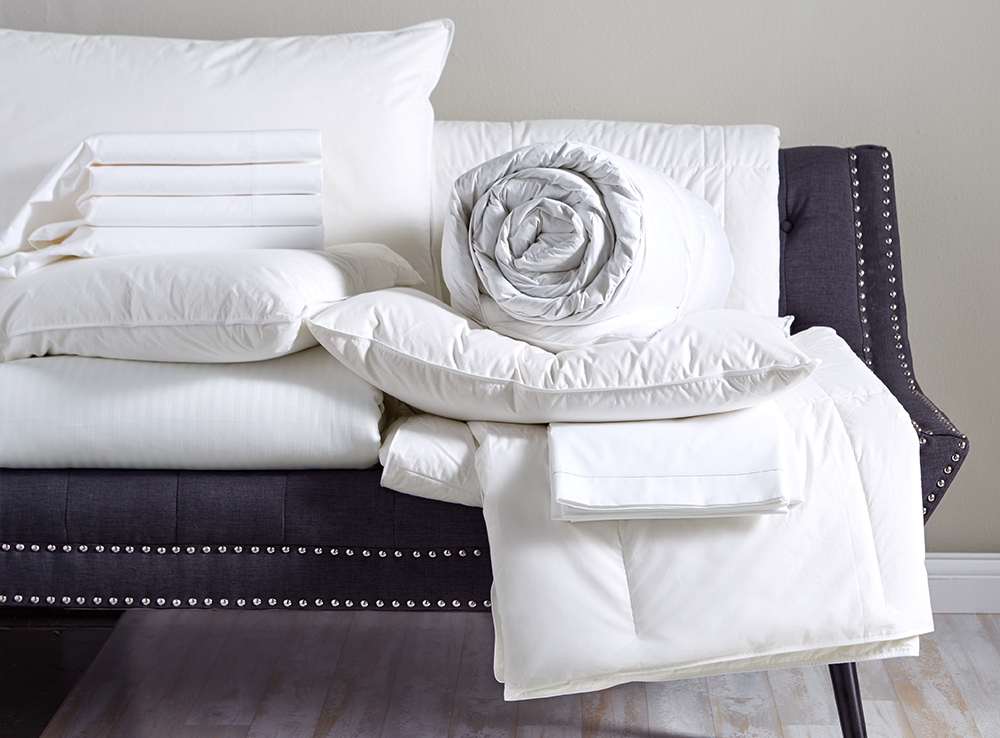10 things you need to know about flame retardant fabrics for 2017
1. What is Flame Retardant?
Flame retardants are a key component in reducing the devastating impact of fires on people, property and the environment. They are added to or treat potentially flammable materials, including textiles and plastics. The term “flame retardant” refers to a function, not a family of chemicals. A variety of different chemicals, with different properties and structures, act as flame retardants and these chemicals are often combined for effectiveness.
2. Difference between inherent flame retardant fabric and treated flame retardant fabric?
The term ‘inherently flame-resistant fabric’ is one that is used for fabrics that do not require the addition of flame-retardant chemicals after the yarns have been spun or the fabric has been woven or knitted. The yarns for these fabrics use only fibers that are naturally flame resistant; or a blend of fibers that can include a combination of FR fibers or both FR fibers and non-FR fibers. The common theme is no flame retardant chemicals are added to the yarn or fabric.
Treated flame retardant fabrics are created by applying a flame-retardant chemical finish to a fabric or by adding a chemical treatment to the fibers before they are woven or knitted into the fabric. The chemicals form a strong bond with the polymer chain that is difficult to remove by washing when the recommended laundering instructions are followed accurately. The chemical treatment alters the molecular structure of the polymer.
3. What are the top applications in Flame Retardant products in 2016?
4. What Regions have the largest FR market share?
5. Flame retardant fabrics are there to protect the most combustible parts of products.
“If an ordinary upholstered chair in your home gets ignited, it can essentially take your whole house down,” says Richard Gann, a senior research scientist at the U.S. National Institute of Standards and Technology’s (NIST) Building and Fire Research Laboratory. The most flammable part of a mattress or couch is its plastic polyurethane foam cushioning, he explains. Once a fire gets through a chair or mattress fabric covering and into this cushioning, it can start a catastrophic reaction that quickly leads to “flashover,” in which nearly everything combustible inside a room ignites simultaneously.
6. New technology is changing the way people think about fire retardant fabrics
Nanoclays are a material that could change the way consumer products are protected from combustion. Flame retardants made with naturally occurring clay called montmorillonite are poised to have a huge influence on future fire safety, Gann says. Scientists at NIST and Cornell University have been investigating how this clay can help reduce the amount of energy released during fires for more than a decade, says Jeffrey Gilman, a research chemist at NIST.
7. How you wash treated fire retardant fabrics is incredibly important
In the case of fabrics that are designated as “flame retardant,” that have been topically treated with chemicals, the flame retardancy of the fabric will dissipate over time, particularly with repeated cleaning. These fabrics must be dry-cleaned with a non-liquid cleaning agent.
8. There are different levels of fire protection that must be adhered to
The use of fire retardant textiles in the contract sector has become increasingly important, so much so that laws have now been passed by Parliament stating what level of fire retardancy must be achieved in different environment, which are split into low, medium and high risk locations.
Examples of high risk would be a prison, a detention centre or an oil rig. Medium risk may be a psychiatric hospital or a nursing home and low risk would be holiday accommodation such as caravans and hotels etc.
Fabrics used in most public places such as Hospitals, Universities, Colleges, Schools, Churches, Theatres, Prisons, Detention Centres are required by law to be certified as flame retardant.
9. Crib Test 5 is the British standard
Crib Test 5 is when a crib is composed of wooden planks, glued together. Lint is attached to the bottom. After adding propane-diol the crib is placed on the test rig and ignited with a match. If no flaming or progressive smoldering is observed on both cover and interior material, the test is recorded as no ignition and the material passes the test.
10. There’s different laws governing FR fabrics on maritime vessels
New legislation has been put in place by the International Maritime Authority since October 2012. The new clause governs the fire safety standards applicable for all textiles onboard of any marine vessel. Essentially, the new regulations stipulate that adequate protection must be accorded to various furnishing fabrics inside any boat, such as upholstery, carpets, bed sheets, draperies, and curtains. The new set of enforcements is to ensure that these textiles do not inadvertently aid the spread of fire onboard the vessel.

References
Betts, K. S. (2008). New Thinking on Flame Retardants. Environmental Health Perspectives, 116(5), A210-A213. doi:10.1289/ehp.116-a210
Flame Retardant Basics. (n.d.). Retrieved from https://flameretardants.americanchemistry.com/Fla...
Legislation in Fire-Fighting on Board Yachts | Marine Fire Retardant. (2016, March 14). Retrieved from http://www.marinefireretardant.com/legislation-an...


